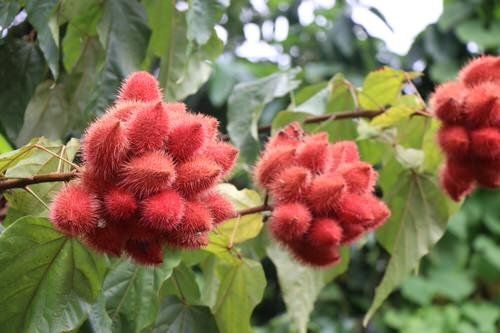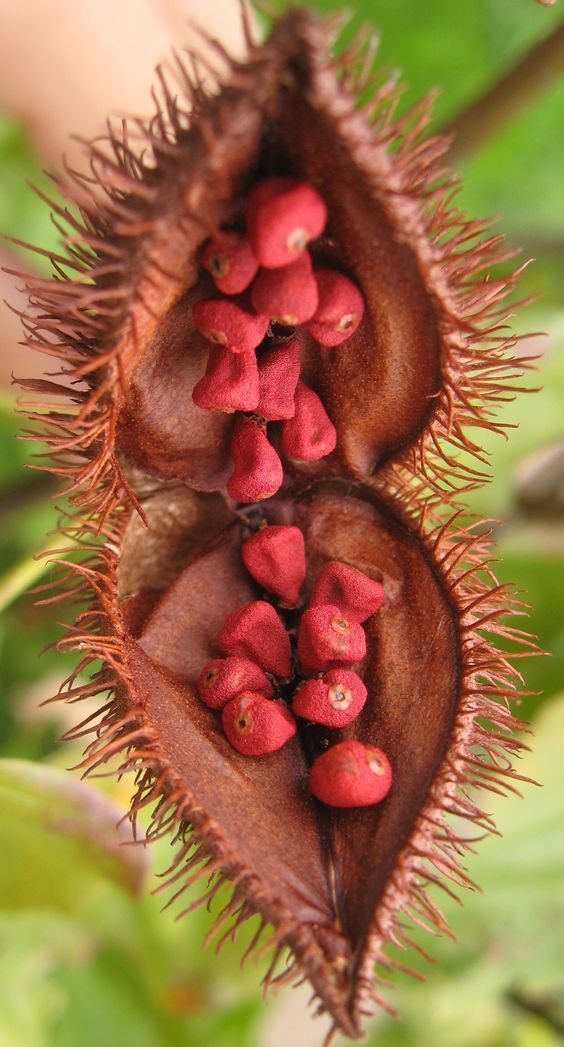The vibrant red poppy, scientifically known as Papaver rhoeas, holds a special place in human history and culture. With its delicate petals and striking color, the red poppy has become a symbol of beauty, remembrance, and hope across different societies and time periods.

Description and Significance: The red poppy is an annual flowering plant that typically grows in fields and meadows. Its distinctive red petals, often with a black center, create a visually captivating display. The flower’s beauty and ephemeral nature have captured the attention of artists, poets, and gardeners throughout centuries.

One significant association with the red poppy is its connection to remembrance and honoring fallen soldiers. This symbolism dates back to World War I, inspired by the famous war poem “In Flanders Fields” written by Lieutenant Colonel John McCrae. The poppies that grew amidst the war-torn battlefields of Flanders became a poignant symbol of the sacrifices made by soldiers.

Poppy flowers, including the red poppy, also hold cultural and historical significance in various civilizations. They have been revered in ancient Greek and Roman mythology, associated with sleep, dreams, and resurrection. In some cultures, red poppies are believed to possess healing properties and are used in traditional medicine.

In addition to their symbolism of remembrance and cultural significance, red poppies also represent hope. The resilient nature of these wildflowers, often found growing in unexpected places like disturbed soil or along roadsides, symbolizes optimism and the ability to bloom even in challenging conditions.
Conservation Efforts: Despite their symbolic value and natural beauty, red poppies face threats due to habitat loss and the use of herbicides. Efforts are being made to conserve and protect these iconic flowers through the preservation of their natural habitats and the promotion of sustainable agricultural practices.




